Barong Elephant Mask10/31/2020
After seven years, I'm picking up where I left off. I last posted on a mask from Burma. This is another mask. A mask from Bali acquired by the Asian Art Museum of San Francisco.
http://asianart.emuseum.com/view/objects/asitem/items$0040:19107
0 Comments
Burmese Mask11/19/2013 Chinese Diaspora in Japan3/4/2013 Two Chinese ladies by a Stream - Japanese painting 渓辺二美人図 by Sakai Hyakusen is currently on view at the Berkeley Art Museum. He is considered one of the three founders of the Nanga School in Japan, a group of painters who longed for the ideal life of the Chinese literati of the Ming and early Qing Dynasties and looked to Chinese literati paintings as their model.
James Cahill, the noted Asian Art Historian, explored Sakai Hyakusen's background in a lecture I attended yesterday. Cahill's research on Sakai Hyakusen's life revealed that he was born into a family that operated a Chinese pharmacy and Cahill believes that Sakai Hyakusen was of Chinese descent - a surprising and interesting fact. Food as Art2/25/2013 Chris made this salad for lunch yesterday and said that the paints were part of the presentation. She used a couple of hard boiled eggs I made the day before. My method of cooking hard boiled eggs is an adaption of the Cooks Magazine shallow boiled method. Click this link to look at the method. Note that these eggs are steamed for 8 minutes rather than the 10 minutes in the recipe.
Each of the thousands of terra cotta warriors have individual facial features which lead people to believe they were modelled after real people. This one seems like a nice guy.
Your Charriot is ready Mister Qin2/19/2013 This Friday the Terra Cotta Warriors exhibit from China opens at the Asian Art Museum in San Francisco. I was at the museum last week for my docent training and I saw them installing this in the North Court. The horses and charriot are reproductions of the original items, but the actual terra cotta warriers are the real thing.
Nothing is Good Enough for Me1/24/2013 The character "wu" by the great Chinese Calligrapher Zhao Mengfu (1254-1322) from his copy of the Lotus Sutra means "nothing" Wu is central to the Buddhist concept of non-attachment and freedom from desire. Apart from its meaning, look at how beatifully the composition of the character is balanced and the elegance of the brushstrokes.
338 Buddha11/15/2012 Training to become a docent at the Asian Art Museum has been a real eye opener. The Asian Art Museum's 338 Seated Buddha is secure behind a glass case at the entrance to Gallery 16 - Chinese Buddhist Art. Pleasant and nice, I never gave it much thought.
At the beginning of this fall training session, we were told that this Buddha is the earliest and most important dated Buddha from China and many people come to the museum just to see it. Well! I'll go take another look. It's important because the inscription in Chinese gives it a reliable date of 338. I was flipping through my new book on Chinese art and I found this image on the right -- almost identical! It is reported to have been found in 1979 near Xi'an, China. It's also inscribed, but this time in the Kharoshthi language and -- no mention of a date. It is dated approximately 300 or 38 years before the one on the left. With no actual dated inscription, I guess it suddenly comes in second. Little things mean a lot. Speedwash10/15/2012 In a previous blog, "Retreat to Advance", Chris has now completed a three week painting retreat in Arcata, CA. This is her final painting, which I am calling "Speedwash". It is a scene from the Highway 101 overpass looking towards the center of Arcata.
AuthorCatagories
All
Archives
October 2020
Blogs I follow
|

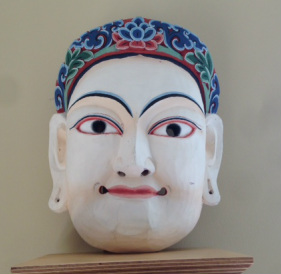
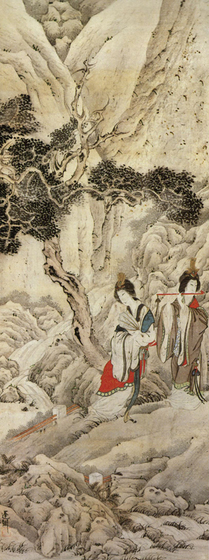
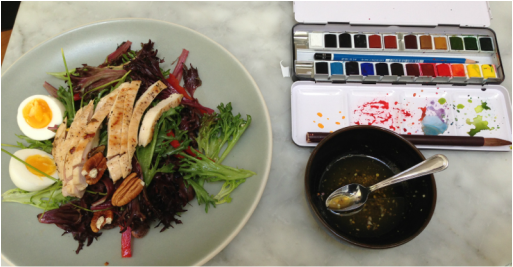
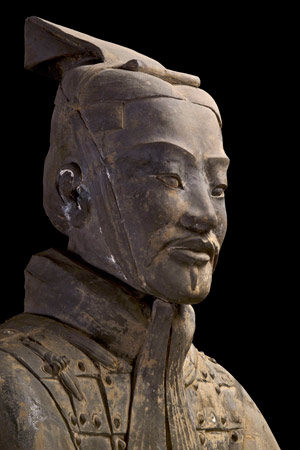
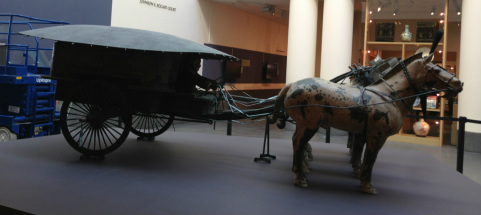
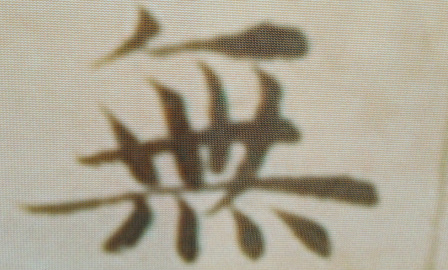
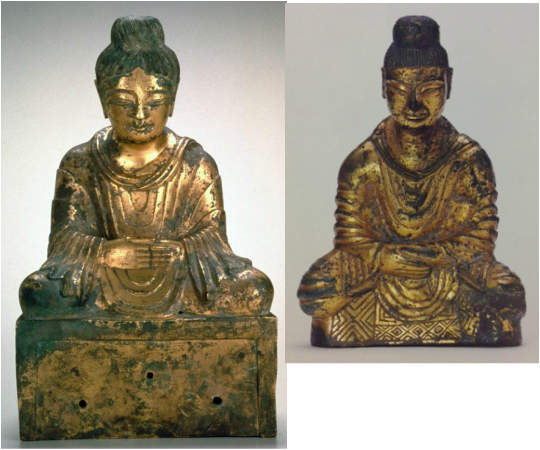
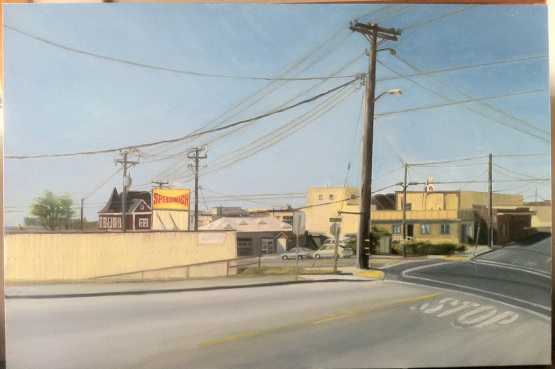
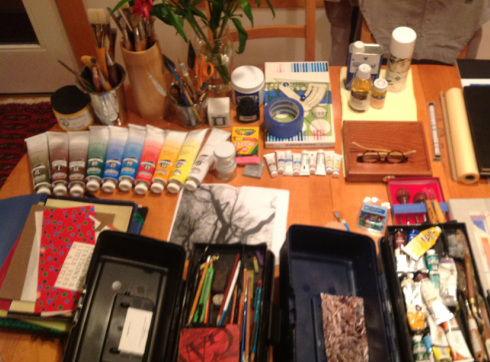
 RSS Feed
RSS Feed
